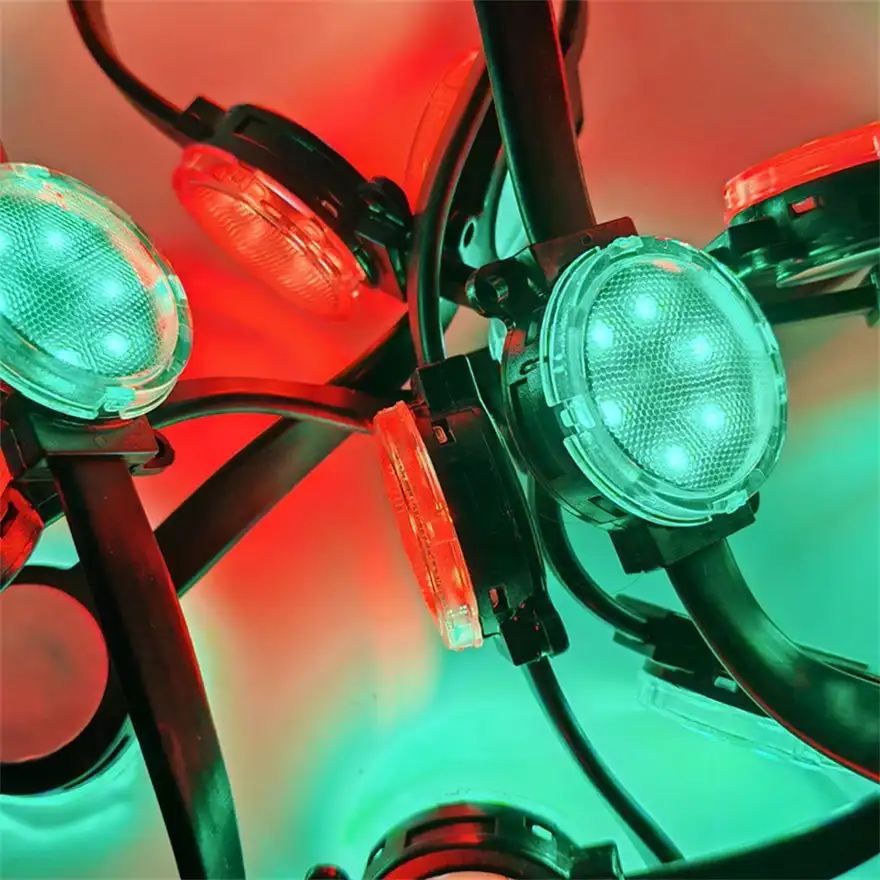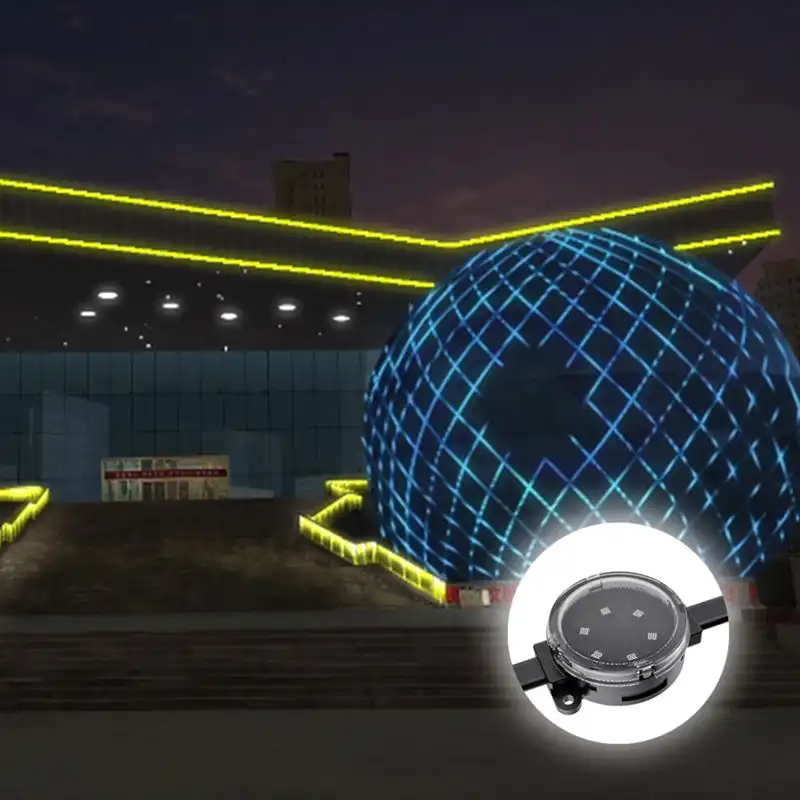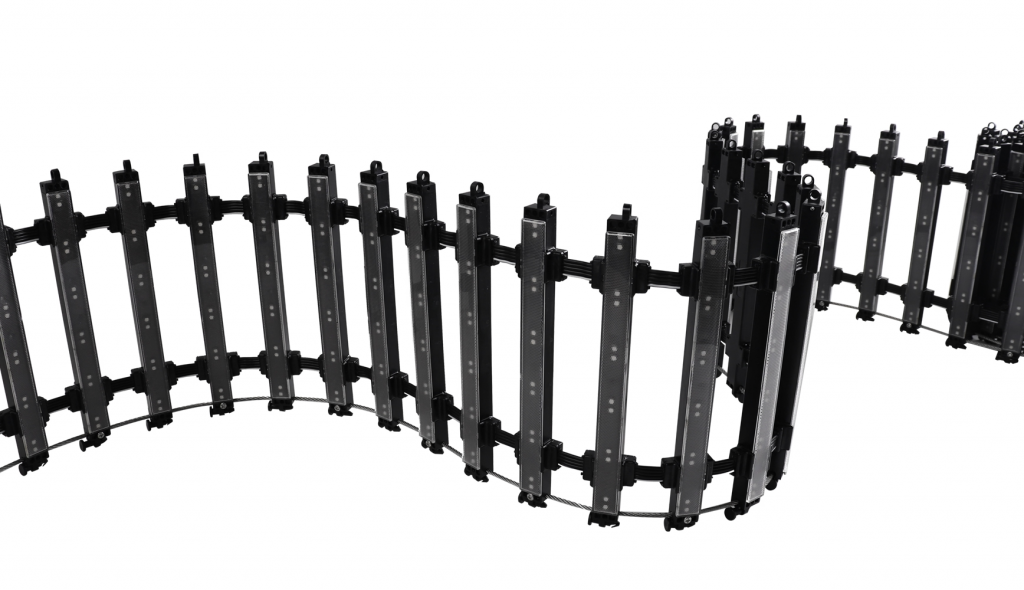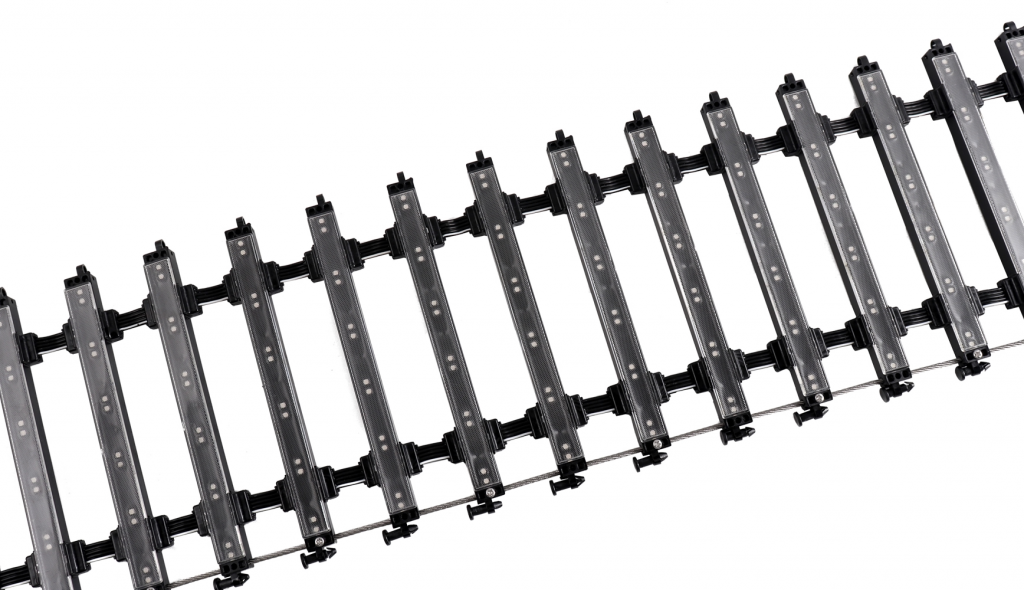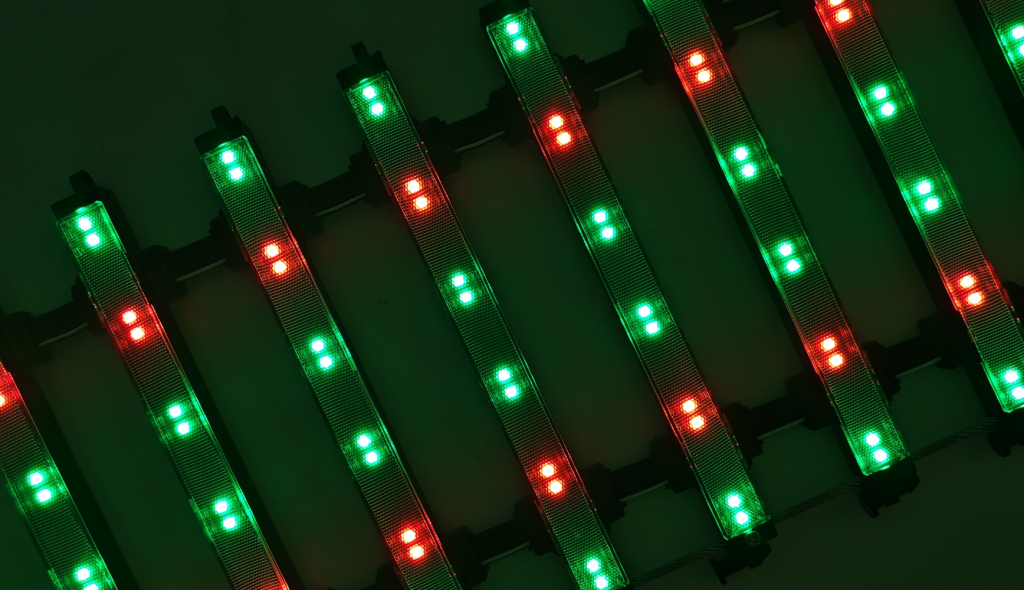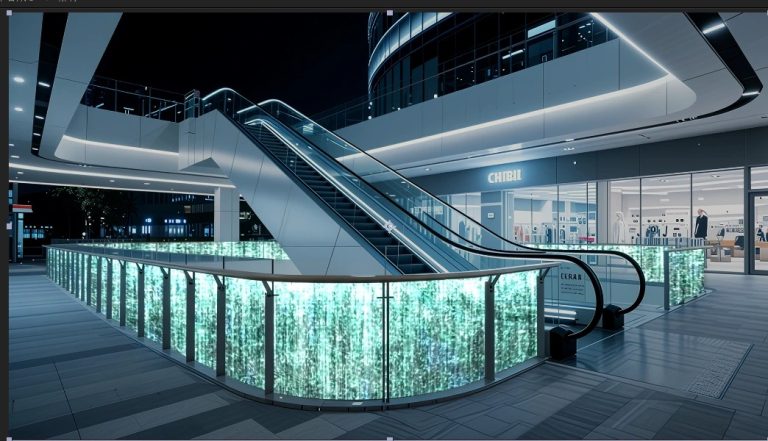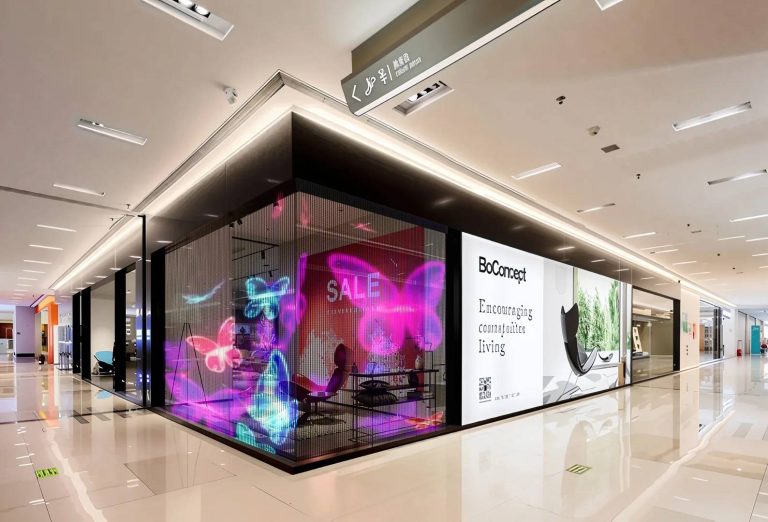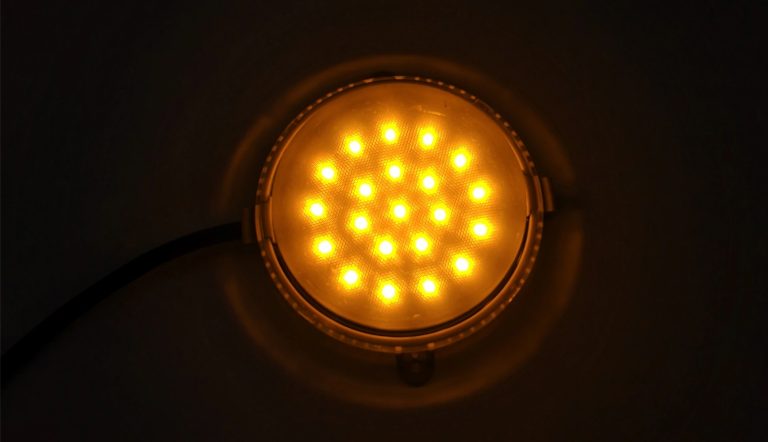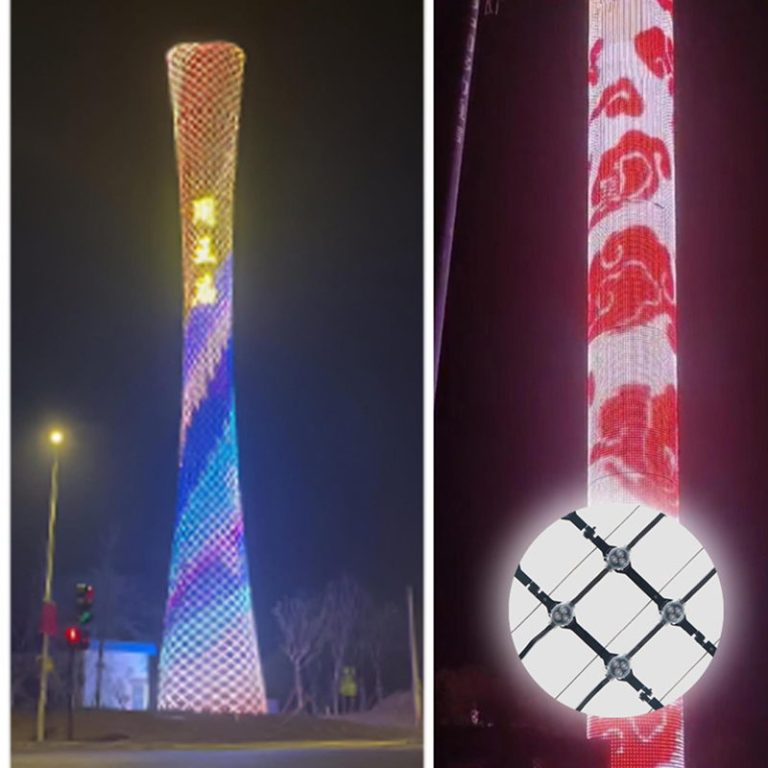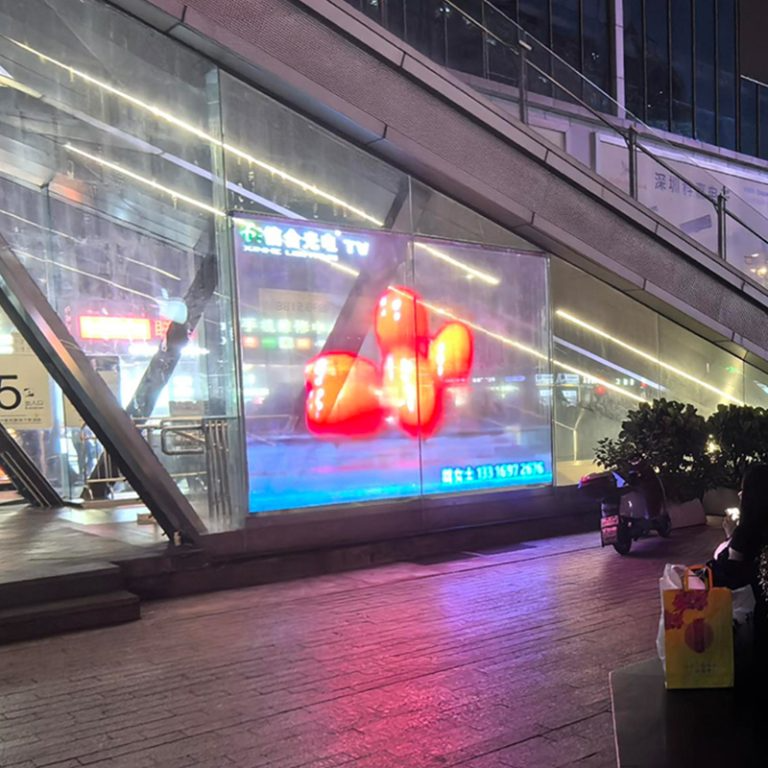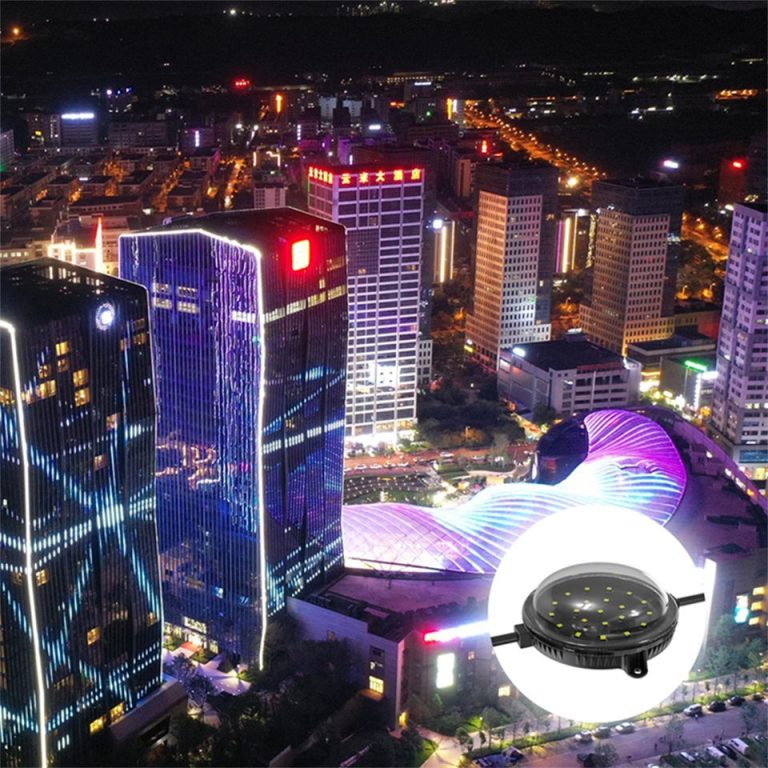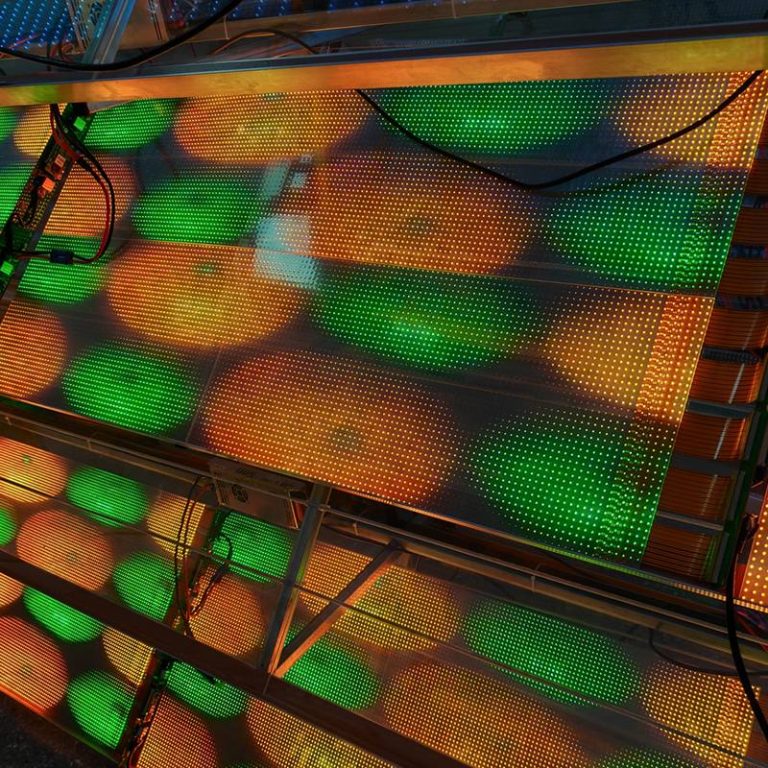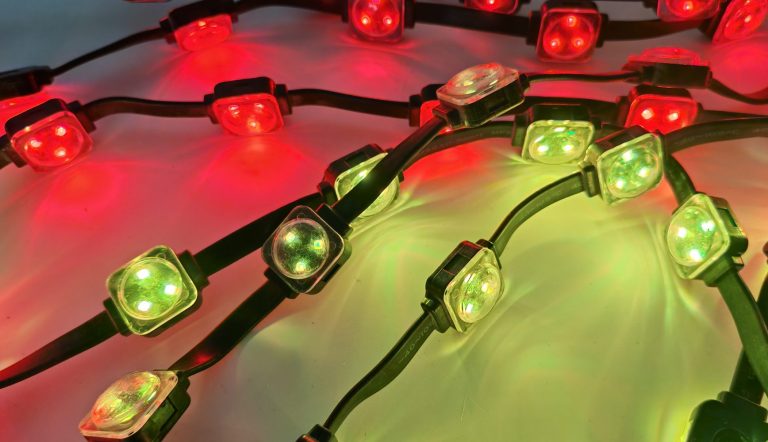How Can Lighting Design Improve Functionality in Compact Interiors?
In small rooms, lighting does more than just provide light—it changes how we see and use the surroundings. Careful positioning of LED point lights can visually make tight spots appear bigger, help movement, and create a pleasant feel. This part explores key methods for getting both good looks and practical use in tiny rooms.
The Role of Light Placement in Enhancing Perceived Space
In small areas, where you put lights can greatly affect how big or small a room feels. Pointing light at walls or ceilings makes the edges seem further away. Hidden LED point lights near corners or on walls remove dark patches and create an open feeling. This approach improves the look and makes moving around easier in tight places.
Techniques for Achieving Balanced Illumination in Tight Areas
Getting even light in small rooms needs layers. General room lighting should mix with task and accent lighting. This stops strong differences and dark areas. Finding lights that brighten a small or awkward spot without causing problems can be hard. LED point lights let you aim light exactly where needed. They keep everything looking balanced.
Integrating LED Point Lights into Architectural Features
LED point lights work perfectly built into things like overhead ledges, storage shelves, and under-cupboard spots. Light Under-Cabinet Areas. Fitting them in this way reduces mess and saves room. This is a key plan when designing for usefulness in limited space.
XinHe knows how important it is to use every part of small spaces. Their LED point lights are small, easy to fit, and work well at changing how big a place feels through careful lighting.
Why Are LED Point Lights Suitable for Small Spaces?
LED point lights are the best lighting choice for small areas because they are tiny, easy to aim, and use little power. Unlike older types, they cause less mess while giving excellent light. Here, we look at the special features making LEDs a top pick for tight spots.
Characteristics of LED Point Lights That Enhance Spatial Efficiency
LED point lights are naturally small and low. They offer high light power. Their directional nature means users can send light right where it’s required. They avoid lighting up the whole room too much. This exactness is critical in small places where big fixtures would dominate.
Сравнение светодиодных точечных светильников с традиционными вариантами освещения
Compared to older bulb types, LED point lights take up less actual room while giving better brightness per watt. Older fixtures often need large casings and covers. These can block movement or design flow in little rooms. LEDs fix this through being small and adaptable.
Energy Consumption and Heat Emission Benefits in Confined Areas
Another big plus is heat control. LEDs give off far less warmth than older choices. This makes them safer for closed-in spots like cupboards or lockers. Here are a few ideas for lighting your home and work areas so you can focus on the task at hand.
XinHe focuses on giving high-performing LED point lights. These combine low power use with little heat made. These traits are perfect for keeping comfort and safety in little rooms.
How Do LED Point Lights Contribute to Sustainability Goals?
Beyond saving space, LED point lights help worldwide green efforts. They do this by using less power, creating less waste, and meeting eco-building rules. This part shows how LED technology supports earth-friendly design while saving money long-term.
Reduced Energy Use and Environmental Footprint
LED technology uses much less electricity than older lighting. This drop means lower carbon pollution over years. It backs green building projects and sustainable living.
Lifespan and Maintenance Advantages Over Conventional Bulbs
LED point lights usually work for 25,000 to 50,000 hours. This is much longer than older bulbs. Fewer replacements mean less waste and lower upkeep costs. This is especially helpful for lights in hard-to-reach spots common in small spaces.
Compliance with Green Building Standards
Many modern LED products meet international green marks like ENERGY STAR or LEED rules. This makes them right for eco-aware projects needing to hit official targets.
XinHe’s modern making process ensures their LED point lights help green goals. They do this through long life, low power use, and sticking to worldwide environmental rules.
What Are the Common Applications of LED Point Lights in Small Environments?
From home kitchens to shop displays, LED point lights fit easily into many little settings. Their flexibility makes them key for boosting use and looks in tight spots. Find the best uses for these effective lighting answers.
Residential Settings: Kitchens, Bathrooms, and Hallways
In houses, LED point lights are often used under kitchen units for cooking light. They also work well along bathroom counters needing exact lighting. If you’ve ever tried to work on a detailed project in a space with little or no light, you know how frustrating it can be. Walkways gain from ceiling LEDs. These give plenty of light without sticking out into paths.
Commercial Use: Retail Displays, Hospitality, and Office Nooks
Shops use LED point lights to show off goods without flooding display zones. In places like small hotels or cafes with little space, these lights give both practical brightness and nice appearance. Work corners also gain from focused task lighting from small LEDs.
Specialized Spaces: Galleries, Exhibits, and Task-Oriented Zones
Art rooms often use movable LED point lights to show textures and colors without UV risk. Likewise, hobby users put them on benches or craft areas because they can be aimed. Light Hobby Areas at Home.
XinHe gives custom answers for homes, shops, and special uses. They offer changeable designs fitting easily into different little places.
What Are the Key Factors to Consider When Choosing LED Point Lights?
Picking the right LED point lights means checking brightness, light color, and smart features. This matches specific space and use needs. This part lists key points to ensure top lighting results in small settings.
Evaluating Lumen Output for Different Room Sizes
The lumen number shows how much visible light a light makes. For tiny spots like closets, 300–500 lumens may be enough. Bigger but still small places like kitchens might need several 800-lumen units spaced out for full cover.
Color Temperature and Its Impact on Ambience
Light color (in Kelvin) changes mood: warmer tones (2700K–3000K) make relaxing feelings good for bedrooms; cooler ones (4000K–5000K) help focus—right for kitchens or home work spots.
Dimming Capabilities and Control Systems Compatibility
Choosing dimmable LEDs lets users change brightness based on activity or time. Working with smart dimmers or control systems adds more flexibility.
XinHe supports expert-level custom choices. They offer products with changeable lumen power, multiple light colors, and full dimming ability. This lets designers adjust lighting plans made just for little spaces.
What Are the Challenges and Solutions When Installing LED Point Lights?
While LED point lights have many benefits, fitting them in small spots can cause problems. These include glare, wiring limits, and heat handling. Learn useful answers to beat these issues and get perfect lighting setup.
Addressing Electrical Infrastructure Constraints
Older structures might lack new wiring needed for low-power LEDs. Retrofit-friendly drivers and surface-mount choices offer answers without big changes.
Managing Glare and Shadowing in Close Quarters
Wrong placement can cause glare or hard shadows because surfaces are close. Using anti-glare covers or diffusers helps spread light more evenly across tight shapes.
Ensuring Proper Ventilation for Thermal Management
Even though LEDs make less heat than old bulbs, they still need good airflow—especially when hidden. This stops performance loss over time.
XinHe plans for fitting problems by making heat-efficient bodies. These have glare-cutting parts—ensuring top results even in tight spots common in small-space use.
How Can Smart Technology Enhance the Performance of LED Point Lights?
Smart lighting lifts LED point lights higher. It allows self-operation, motion detection, and power saving. This part looks at how IoT connection can boost ease and effectiveness in little rooms.
Integration with IoT Systems for Adaptive Lighting Control
Smart LEDs can link via Wi-Fi or Zigbee to home systems like Alexa or Google Home. This allows voice orders or app schedules set around user habits.
Motion Sensors and Automation in Limited-Space Environments
In narrow halls or storage closets where switches are awkward, motion-sensing LEDs offer hands-free ease. They save power when not active.
Data-Driven Optimization for Energy Savings
Advanced systems gather use patterns over time. They automatically adjust brightness levels—cutting needless use without losing function.
XinHe builds modern smart tech into its products—bettering user control while giving clear power savings across home and work micro-spaces alike.
Who Is Shenzhen XinHe Lighting Optoelectronics Co., Ltd?
As a leading innovator in LED lighting, XinHe specializes in high-performance, compact solutions tailored for modern architectural needs. With a commitment to quality and customization, the company delivers cutting-edge lighting technology for global projects.
Overview of Product Offerings and Technological Expertise
Shenzhen XinHe Lighting Optoelectronics Co., Ltd focuses on top-quality LED answers. This includes point lights made especially for building uses needing exactness. They work even in small layouts needing little space but top output.
Commitment to Quality, Innovation, and Client Satisfaction
With strict quality checks backed by ISO marks plus ongoing research spending, XinHe aims not just to meet but beat client hopes worldwide. They do this through custom services matching special project needs.
Global Reach and Customization Capabilities for Diverse Projects
Serving buyers across Europe, North America & Asia-Pacific, the firm’s export-level list supports OEM/ODM orders. They also adapt flexibly for unique specs needed by designers and engineers working in space-limited places globally.
Заключение
LED point lights are a smart answer for handling both looks and practical problems in small space design. Their small shape plus power saving makes them key tools for homes, shops, galleries, offices—and more. From cutting mess by building them in, to helping green goals through long life—they offer unbeatable flexibility wherever space limits demand new ideas.
FAQs
Where not to put LED lights?
Avoid placing LEDs near things that burn without good airflow. Also, don’t put them behind solid objects blocking all light.
Which lighting fixture is best for narrow or tight spaces?
Hidden or surface-mounted LED point lights are ideal. They have a low shape and focused beam good for lighting narrow halls or alcoves well. They don’t make the place look messy.
What is the disadvantage of LED light?
Starting cost might be higher than old choices. Some types might also have issues with old dimmer switches unless matched right during planning.

